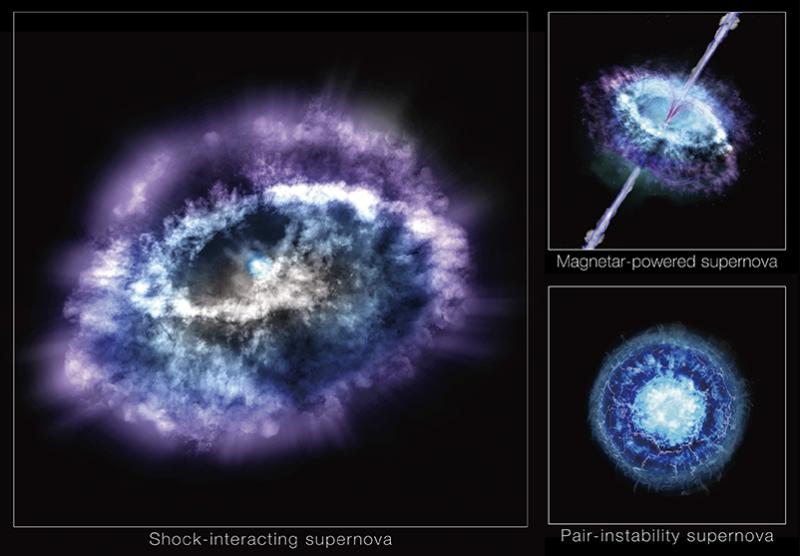Alexey Tolstov
My research interests mostly concern the question of how do massive stars die. This question is interesting to me to understand the physics of supernovae, kilonovae, gamma-ray bursts, stellar evolution and the chemical enrichment history of the Universe. I mainly focus on external problem of supernova phenomena - supernova outbursts. The main goal here is to derive the supernova properties by comparing the radiation hydro numerical simulations of supernova outbursts from shock breakout to remnant phase at all wavelengths with photometric and spectroscopic observations. Thus, the combination of all main pillars of modern astronomy is used: observations, theory and computations. I am interested in all types of supernova, but most of all, zero- and low-metallicity supernovae, superluminous supernovae, and hypernovae.
|
Project Researcher, IPMU, Japan E-mail: alexey.tolstov _at_ ipmu.jp My papers in NASA Astrophysics Data System (ADS) Selected projects and presentations:
|

Simulated light curves from shock breakout (ultraviolet) through plateau (red, green and blue colors) to exponential decay and artist's conception of evolution of metal-poor and “metal-rich” supernovae at different phases and. Both shock breakout and “plateau” phases are shorter, bluer, and fainter for metal-poor supernova in comparison with “metal-rich” supernova. (Credit: Kavli IPMU) IPMU Press Release 
Artist’s conception of 3 popular SLSN scenarios: shock-interacting, magnetar-powered and pair-instability supernova. SLSN Gaia16apd is most likely a shock-interacting supernova in which radiating shock waves easily produce enormous amounts of UV light. (Credit: Kavli IPMU) IPMU Press Release |
